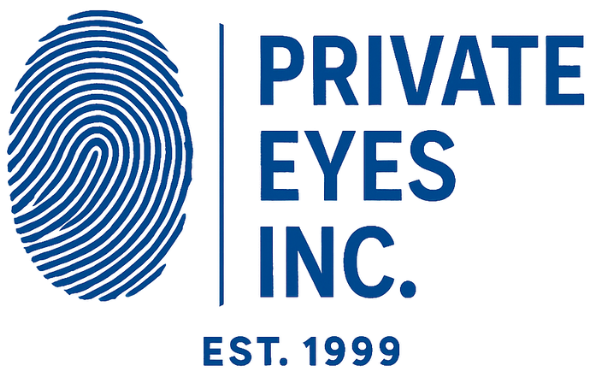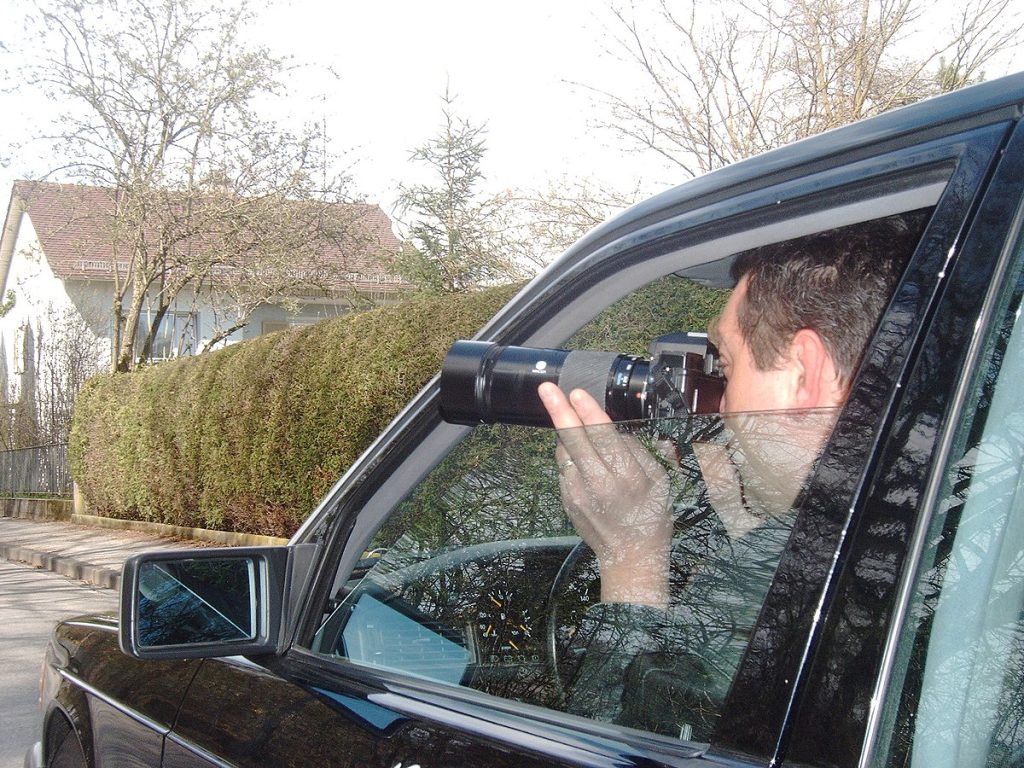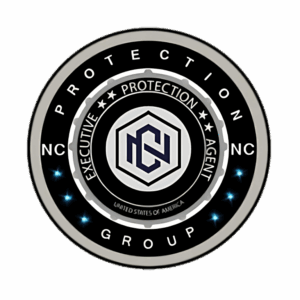Runaways may go missing because they have been lured into Human Trafficking.
Trucking and Human Trafficking
Human trafficking, or the use of force, fraud, or coercion for some type of sex or labor, is a $150 billion industry that often goes undetected. Unfortunately, truck stops remain a frequent location of trafficking crimes. While truck stops are not naturally hives of crime, they are, unfortunately, convenient and central locations for traffickers to move throughout the United States.
What is Human Trafficking?
Victims of human trafficking find themselves forced or coerced into engaging in specific types of labor or commercial sex acts without their consent. Often, human trafficking remains a hidden crime. Victims fear their abusers as well as law enforcement and suffer such significant trauma or personal injury that they struggle to reach out for help.
Human trafficking impacts people across genders, races, and ages. Anyone can be a victim of human trafficking, and all too often, that victimization occurs in the shadows. Human trafficking traps an estimated 24.9 million people–64% are exploited for labor, while sexual exploitation accounts for an estimated 19% of human trafficking.
Why are Truck Stops Used for Human Trafficking?
Truck stops are conveniently positioned across the United States.
Truck stops are located on major highways, offering a practical, direct route for human traffickers.
Truck stops are often located in remote areas.
Frequently, truck stops are located in areas that might not have other stopping points, including a wide variety of hotels. In addition, they are often off the beaten path since they need large stretches of land to accommodate trucks and trailers in the parking lot. Because truck stops are so remote, traffickers often feel safer: as though they are, in general, less likely to get caught.
A male customer base dominates truck stops.
In some cases, the male-dominated nature of truck stops makes them the ideal place for commercial sex transactions. In others, they are simply the perfect place to transfer human cargo since male truckers may be less aware of the potential danger associated with those transactions or less sensitive, in general, to the likely plight of a human trafficking victim.
Massage businesses near truck stops can disguise commercial sex operations.

Slang or code over the CB radio.
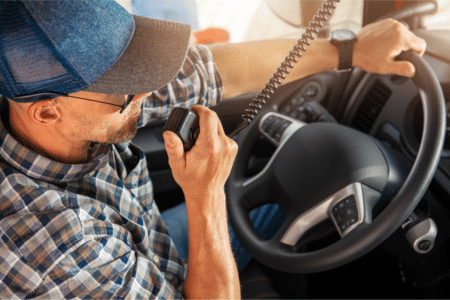
Buyers can use clear visual signals to indicate their interest.
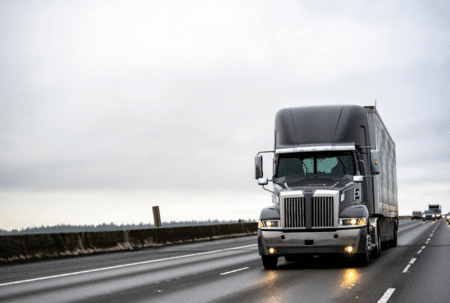
Online trucker boards can advertise commercial sex.

As a Truck Driver, How Can I Help?
All fifty states have reported human trafficking, and many of the victims of human trafficking pass through truck stops every day. Organizations like Truckers Against Trafficking aim to equip and prepare truckers to identify potential signs of human trafficking and speak out against them. This nonprofit organization provides comprehensive training that can help empower and mobilize members of the trucking industry to identify signs of trafficking, including young females, children, and others who appear to be in distress. In addition, the organization works with truckers to help them learn how to provide aid to victims of human trafficking.
Truckers travel across the United States and enter truck stops and other areas that many people might not go, so they may have better opportunities to spot human trafficking victims and report suspicious activity. As a result, truck drivers across America have already prevented at least 708 human trafficking cases.
Red Flags and Signs of Human Trafficking
There are several red flags that TAT (Truckers Against Trafficking) recommends, including:
- People who don’t seem to be aware of where they are.
These individuals may not be in control of their IDs or passports, even when seeking lodging. - People who are not allowed to speak for themselves or
look to someone else for consent before speaking. These individuals might be non-English speakers or those who seem very shy or cowed. - CB chatter includes things like “commercial
companies.” - Unexpected flashing lights, which could signal the
location of an interested “buyer.” - Acknowledgment of a “pimp,” making a quota, or talking
about commercial sex. - A vehicle that is seemingly out of place by the rest of
the trucks, often a van or RV - A vehicle that drops someone off at a truck then comes
back within a short time–often as little as 15-20 minutes–to pick them up.
General indicators of human trafficking, described by the Department of Homeland Security, may include a child who has stopped attending school; a person who has shown a sudden, drastic behavior change; or someone who has frequent bruises in different stages of healing. A victim of sex trafficking or human trafficking may also appear timid and submissive, seemingly coached on what they can safely say.
Who are the Victims?
- Young people who may be more generally vulnerable or have a more challenging time speaking up for themselves
- People who are already on the run. Often, people do not note when runaways disappear since they may already have dropped off the radar.
- Homeless individuals who may not have set routines or who may not have a safe place
- People who otherwise do not have access to the resources they need to protect themselves, including the ability to make a phone call or access to food and water. Sometimes, people end up involved in human trafficking as they seek better resources for themselves or their children, and they may feel pressured to remain because they do not think they have the resources to survive alone.
Identifying victims of human trafficking can prove problematic since they often fail to fit any specifically expected profile. However, the TAT’s above guidelines are a good starting point.
Labor Trafficking
Traffickers force victims of labor trafficking to engage in specific types of labor, often in unsafe conditions and for little or no pay. They may not be allowed to speak to people outside their unit, including those who appear to hire them. Often, victims of labor trafficking work on worksites providing lodging, and they may not be permitted to leave those work sites. They may be in poor physical health, including obvious malnourishment or an apparent lack of medical care.
Victims of labor trafficking may mention that they regularly work long hours, that they have fees deducted from their paychecks for housing, food, and equipment, or that someone else is holding their identification documents, including their passport or driver’s license. Victims of labor trafficking may feel fearful of their employers and admit that they cannot leave. Often, they engage in dangerous work that no one else wants to perform for insufficient pay. They may even seem reluctant to approach you at all, even if you offer up friendly conversation and interaction.
Labor trafficking is a common reason for many types of human trafficking and may cause just as much harm to its victims as other types of human trafficking, including sex trafficking. Many people die or suffer immense health complications due to the hard labor and lack of appropriate medical care and treatment expected of these individuals.
How to Report Human Trafficking if You Think You See It
If you see signs of human trafficking, you should never try to deal with it independently. Instead, report it by calling the National Human Trafficking Hotline at 1 (888) 373-7888. A single phone call can go a long way toward creating significant change for the victims of human trafficking. You can also visit the National Human Trafficking Hotline website to learn more about reporting signs of human trafficking at truck stops across the United States.
Try to collect what information you can about human traffickers, from their vehicle to their appearance. Do not, however, approach traffickers directly. You should not engage in commercial sex acts or other behaviors that could place you in danger, even to gather more information.
If you need to find a missing person or know someone who is a victim of Human Trafficking Contact Us Today!
